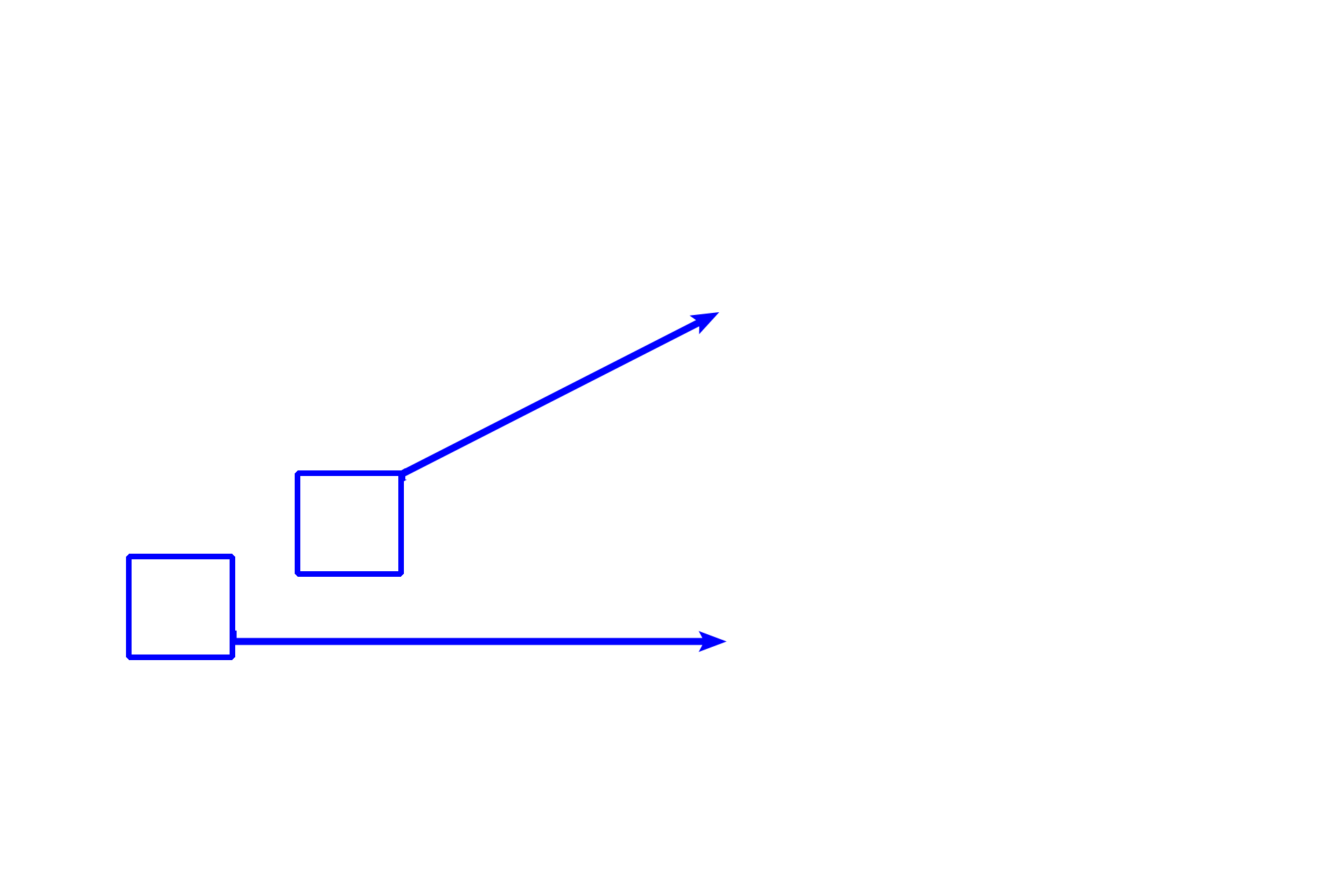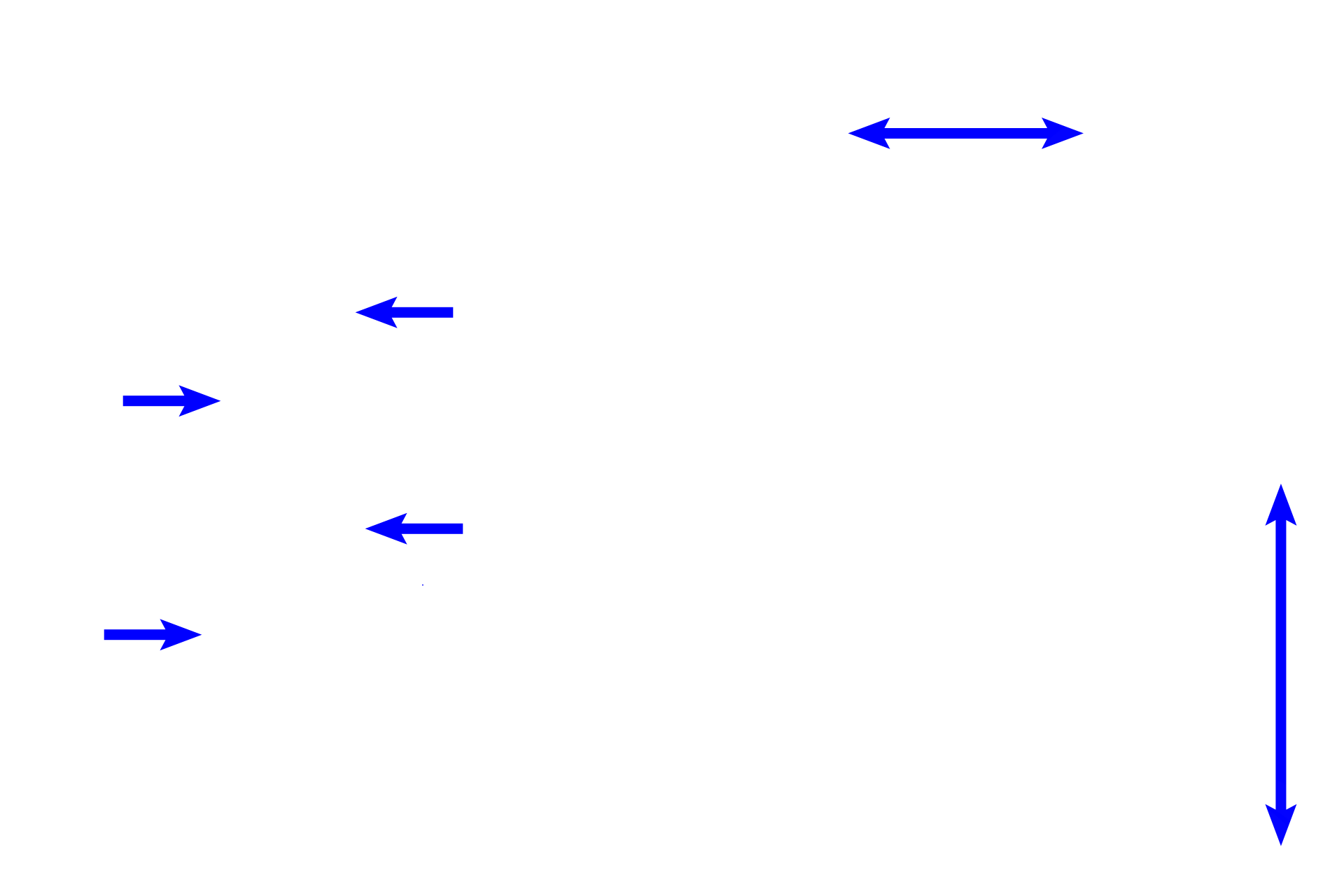
Cochlea: innervation
Vibrations of the eardrum continue through the incus and malleus to the stapes and oval window, creating waves in the perilymph of the vestibule and into scala vestibuli. Resulting depression of the vestibular and basilar membranes causes movement of hair cell receptors embedded in the tectorial membrane. Subsequent nerve impulses travel to the spiral ganglia and to the cochlear division of CN VIII.

Right images
Vibrations of the eardrum continue through the incus and malleus to the stapes and oval window, creating waves in the perilymph of the vestibule and into scala vestibuli. Resulting depression of the vestibular and basilar membranes causes movement of hair cell receptors embedded in the tectorial membrane. Subsequent nerve impulses travel to the spiral ganglia and to the cochlear division of CN VIII.

Modiolus
Vibrations of the eardrum continue through the incus and malleus to the stapes and oval window, creating waves in the perilymph of the vestibule and into scala vestibuli. Resulting depression of the vestibular and basilar membranes causes movement of hair cell receptors embedded in the tectorial membrane. Subsequent nerve impulses travel to the spiral ganglia and to the cochlear division of CN VIII.

Osseous spiral lamina
Vibrations of the eardrum continue through the incus and malleus to the stapes and oval window, creating waves in the perilymph of the vestibule and into scala vestibuli. Resulting depression of the vestibular and basilar membranes causes movement of hair cell receptors embedded in the tectorial membrane. Subsequent nerve impulses travel to the spiral ganglia and to the cochlear division of CN VIII.

Organ of Corti
Vibrations of the eardrum continue through the incus and malleus to the stapes and oval window, creating waves in the perilymph of the vestibule and into scala vestibuli. Resulting depression of the vestibular and basilar membranes causes movement of hair cell receptors embedded in the tectorial membrane. Subsequent nerve impulses travel to the spiral ganglia and to the cochlear division of CN VIII.

Spiral ganglia
Vibrations of the eardrum continue through the incus and malleus to the stapes and oval window, creating waves in the perilymph of the vestibule and into scala vestibuli. Resulting depression of the vestibular and basilar membranes causes movement of hair cell receptors embedded in the tectorial membrane. Subsequent nerve impulses travel to the spiral ganglia and to the cochlear division of CN VIII.

Bipolar nerve cell bodies
Vibrations of the eardrum continue through the incus and malleus to the stapes and oval window, creating waves in the perilymph of the vestibule and into scala vestibuli. Resulting depression of the vestibular and basilar membranes causes movement of hair cell receptors embedded in the tectorial membrane. Subsequent nerve impulses travel to the spiral ganglia and to the cochlear division of CN VIII.

Neuron processes
Vibrations of the eardrum continue through the incus and malleus to the stapes and oval window, creating waves in the perilymph of the vestibule and into scala vestibuli. Resulting depression of the vestibular and basilar membranes causes movement of hair cell receptors embedded in the tectorial membrane. Subsequent nerve impulses travel to the spiral ganglia and to the cochlear division of CN VIII.

Cochlear division of CN VIII
Vibrations of the eardrum continue through the incus and malleus to the stapes and oval window, creating waves in the perilymph of the vestibule and into scala vestibuli. Resulting depression of the vestibular and basilar membranes causes movement of hair cell receptors embedded in the tectorial membrane. Subsequent nerve impulses travel to the spiral ganglia and to the cochlear division of CN VIII.